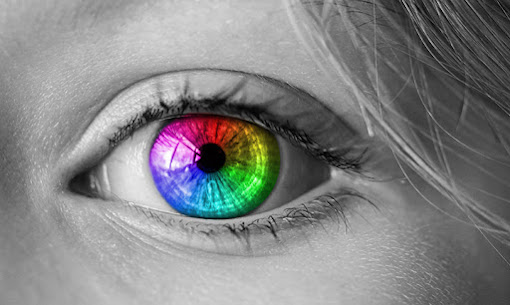Colorblindness and How One Company Is Helping to Fix It

One in twelve men suffer from color vision deficiency (CVD). It’s a guarantee that many of the people reading this suffer from it as well. There is now a company that offers a solution to color blindness. Being a color blind photographer obviously poses some major issues. Having CVD myself, I’ve spent a lot of time researching what it means in order to combat this deficiency and know how it’s affecting my work. Since this condition is fairly common in men, there are some well-known photographers that suffer from it as well, Joel Grimes being the best example. Like most, I was diagnosed when I was a child. My parents noticed that the names I assigned certain colors were not in fact those colors. Dark and very light colors seem give me the most trouble. Dark red and green often look the same to me. Most of the time, I don't see pink at all; to me, it's light gray. Fortunately, bright and primary colors don't give me any trouble. Luckily for me, my color blindness is fairly

